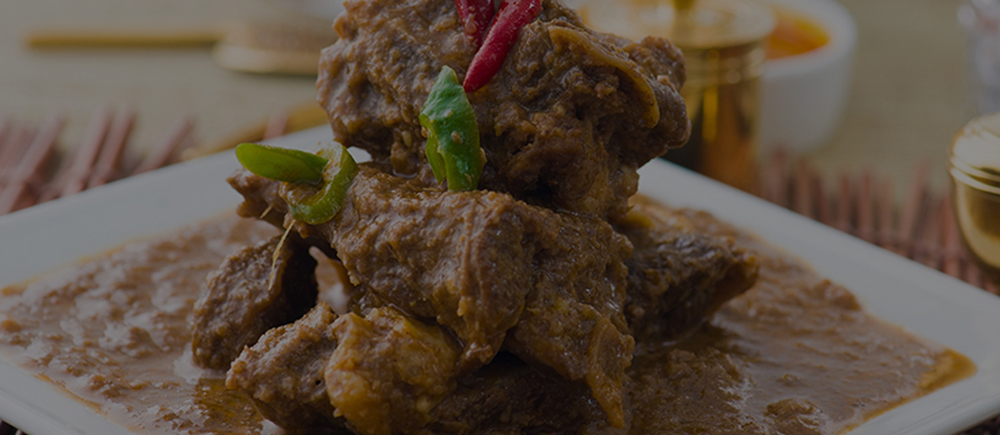
Korma or Kuruma: that blissful aroma
Korma is a dish beginning in the Indian subcontinent, comprising of meat or vegetables braised with yogurt (dahi) or cream, water or stock, and flavors to deliver a thick sauce or coating. Korma has its underlying foundations in the Mughlai food of the Indian subcontinent. A trademark Mughal dish, it very well may be followed back to the sixteenth century and to the Mughal invasions into the area. Kormas were regularly arranged in the Mughal court kitchens, for example, the well known white korma, maybe embellished with vark, said to have been served to Shah Jahan and his visitors at the initiation of the Taj Mahal. Traditionally, a korma is characterized as a dish where meat or vegetables are braised with yogurt, cream or stock included. The procedure covers a wide range of styles of korma. The kind of a korma depends on a blend of flavors, including ground coriander and cumin, joined with yogurt kept underneath coagulating temperature and consolidated gradually and cautiously with the meat juices. Generally, this would have been completed in a pot set over a low flame, with charcoal on the top to give all-round warmth. A korma can be gently spiced or red hot and may utilize sheep, goat meat, chicken, or hamburger ; some kormas join meat and vegetables, for example, spinach and turnip. The term Shahi meaning Royal, utilized for some kormas shows its status as a prestige dish, as opposed to a regular dinner, and its relationship with the court.